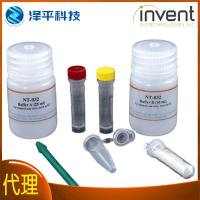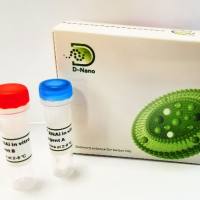Techniques for Assessment of Interactions of Mucins with Microbes and Parasites In Vitro and In Vivo
互联网
531
Most mammalian pathogens and parasites infect their hosts via the mucosal surfaces. The first barrier they encounter in all mucosal tissues is a layer of viscous mucus which can be modulated by immune responses to the pathogen or parasite. The major macromolecular constituents of mucus are secreted mucin glycoproteins which give mucus its viscous properties. Underneath the mucus layer, the mucosal epithelial cells have a cell surface glycocalyx that is rich in transmembrane mucin glycoproteins. Both the cell surface and secreted mucins present a vast array of potential binding sites for pathogens and parasites and both forms of mucins are involved in protecting the host from infection. However, many pathogens and parasites have evolved mechanisms to subvert the mucin barrier. Thus, studying mucin interactions with pathogens and parasites is critical to understanding host–pathogen interactions at the mucosal surfaces. In this chapter, we describe methods for studying the interactions between mucins and pathogens and parasites, methods for studying the degradation of mucins by pathogens and parasites, and in vitro and in vivo methods for exploring the functional significance of the mucins in host defence from infection.








